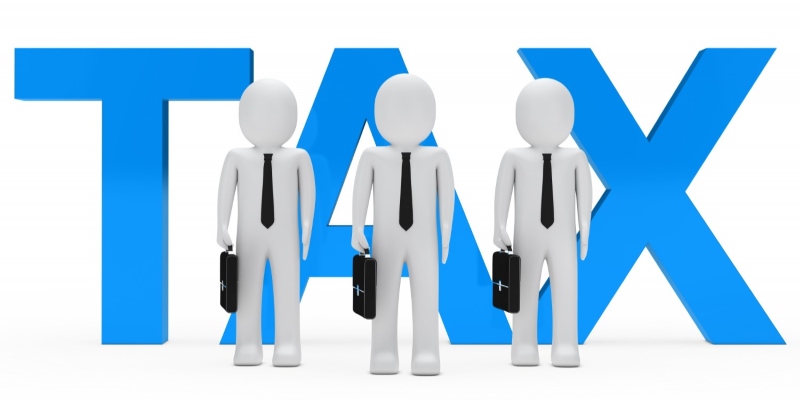The London Stock Exchange and the Australian Securities Exchange both provide trading instruments known as ETCs, which is one reason the name ETC is so popular in Europe and Australia. There are fundamental differences between most commodity exchange-traded funds (ETFs), commodity exchange-traded notes (ETNs), and exchange-traded commodities (ETCs), but most investors won't notice the difference.
ETC
An exchange-traded commodity, ETC, is similar to a stock in that it is traded on a stock exchange but instead monitors the price of a commodity or a commodities index. Investors can obtain exposure to commodities markets via this method without purchasing futures contracts or the actual commodity itself. In this sense, exchange-traded commodities (ETCs) have a share price that swings up and down in value in tandem with the price fluctuations of the underlying commodities.
ETCs make it easier for individual investors to access specific commodities that are typically difficult to access, in particular without investing in futures or options, which are more complicated products. This is because ETCs make it possible for investors to gain access to specific commodities without investing in futures or options. While exchange-traded funds (ETFs) often consist of a collection of equities or commodities, an exchange-traded commodity (ETC) exposes investors to only one commodity.
The performance of an ETC is tied to either the spot price of the underlying commodity or the price of the underlying commodity's futures contract. The price of a spot commodity is the present price for delivery, whereas the price of a futures commodity is the price for delivery at some point in the future. ETCs are a kind of investment vehicle that, similar to other investment funds, are overseen by a professional investment manager and levy an expense ratio to pay management expenses.
ETF (or ETN)
Investing in a commodity is done via commodity exchange-traded funds (ETFs). These funds may purchase or sell the underlying commodity that the ETF is designed to follow or buy or sell futures contracts on the underlying commodity. An ETC does not directly accomplish this. The note or debt instrument that constitutes an ETC is one that a bank underwrites on behalf of the ETC's issuer. This "note" structure is also present in an ETN. As a result, there is a possibility that the underwriter would fail, and as a result, the ETN will not be able to get any financial support. Because of this, the ETN would be useless, even though the underlying commodity would still have value.

Investing in commodities may be beneficial since they provide a hedge against inflation and have a low connection to other asset classes such as stocks and bonds. The ETF and the ETN have come together to form the ETC. It is secured by a note that has been underwritten. Still, the note itself is collateralized by actual commodities acquired with the cash contributed to the ETC by investors. This decreases the likelihood of underwriter default problems occurring. Since an ETC monitors an index rather than the actual futures contracts or real commodities it owns, rather than an exchange-traded note (ETN), there are extremely few tracking mistakes associated with an ETC. Because an ETF follows the assets it has, it is prone to what is known as tracking mistakes. This occurs when the fluctuations in the price of the underlying commodity are not precisely represented in the price movements of the ETF over time.
Examples Taken from the Real World
Consider the iShares Gold Trust as an example (IAU). A trust is a specific exchange-traded fund (ETF) that uses its money to purchase actual gold. Therefore, the purchaser of the ETF will become the owner of a portion of the gold held in trust. The buildings are comparable but not identical to one another. The first fund, IAU, has an expense ratio of 0.25 percent, whereas the second fund, SGLN, only has an expense ratio of 0.12 percent. Despite this, both can very accurately follow the price swings of the gold price determined by the London Bullion Market Association (LBMA), which is what the investment vehicles are designed to accomplish. The annual returns shown below demonstrate only slight variances in performance between the two compared to the benchmark.

There may be one that outperforms its competitors on a more consistent basis or that has a lower expenditure ratio (which helps boost returns). When deciding whether to put money into an exchange-traded fund (ETF), an exchange-traded note (ETN), or an exchange-traded commodity (ETC), performance and the structure of the investment vehicle are not the only factors to take into account. Additionally, consideration must be given to other aspects, such as the volume.




